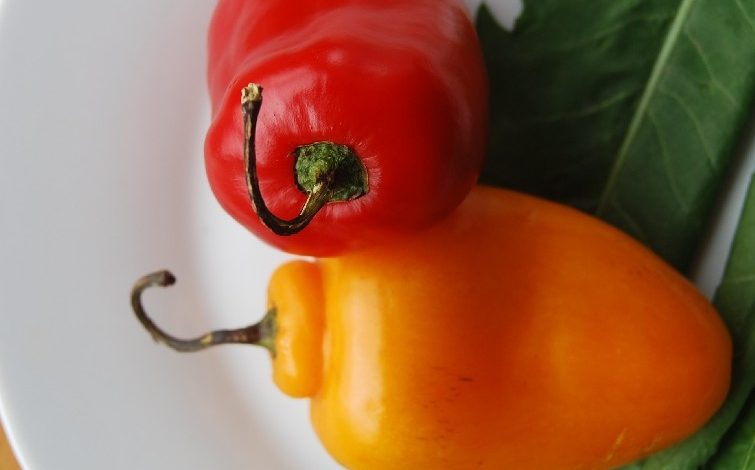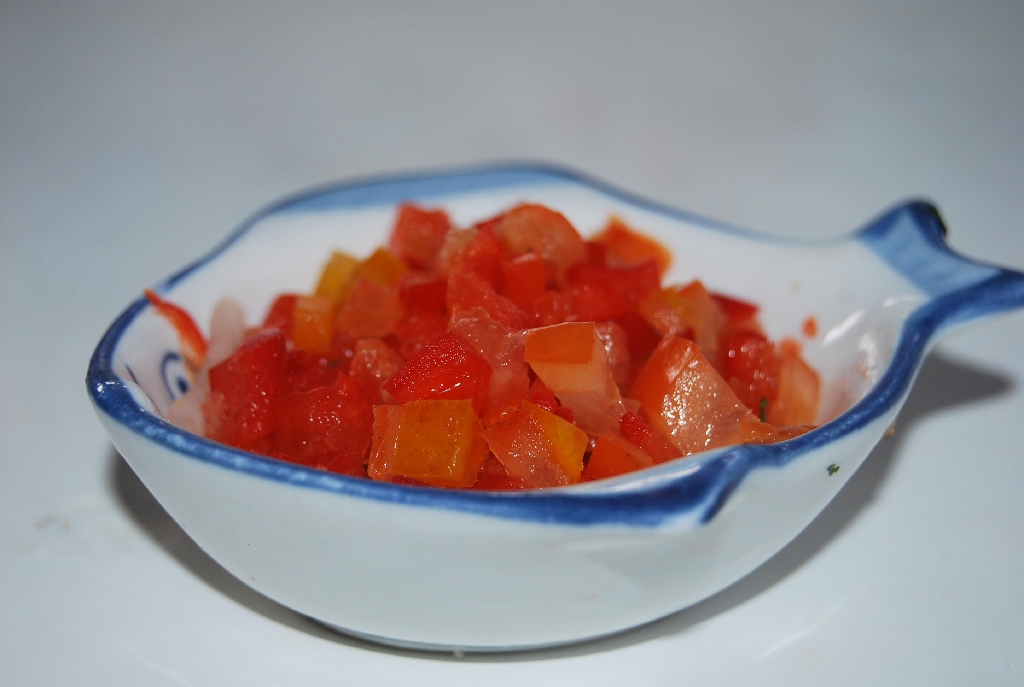Sassy Ladies Who Bring Worlds Together, Cusco’s Rocoto Peppers

Red, fat, and sassy, the rocoto pepper claims tables and palates throughout Cusco. In a recent ethnographic overview of hot peppers in the department and the city, anthropologist Luís Negrón Alonso notes it is eaten by people at every social level, from lowest to highest. Indeed, the rocoto cuts across social divides and brings the people of this complex place together.
Because highland Cusco, where much of its population lives, is chilly, most hot peppers do not grow well. The thick-fleshed and piquant rocoto does well in colder places and so it is not surprising it prevails.
Nonetheless, Negrón writes that bundles of dried panca and mirasol peppers have come into Cusco from the coast since time immemorial. Though used in cooking, they do not replace the doyenne of Cusco’s tables, the rocoto.
Negrón’s article is filled with thinly sketched out notions that suggest a lot of potential richness in an in depth ethnography of this spicy dame and her relationship with the varied people of Cusco. A couple of ideas especially catch my attention.

Rocoto has personality and passion for Cusqueños. It is known to be difficult and jealous; it is easy to anger. As a result, its plants require special preparation and care or they will withhold fruit and even wither although when well established, the grandame of a garden, it grows tall and wide and fills the larder with bright and sharp peppers.

Although Negrón does not mention it, this idea brings Cusco´s women and its rocotos into a common frame, beautiful and piquant, jealous, and capricious. They can change like the weather, hot and growing one moment, cold and withering the next.
Furthermore, sometimes the fruit looks rich and lustrous but it may lack heat. To explore this, Negrón brings together the Quechua terms, uchu (peppers), and haya (spicy or even bitter). The two come together.
In Cusco, we have noticed, people talk about how the feelings of the woman grinding the uchu, peppers, can change the level of haya (spiciness) in the resulting sauce.

Negrón continues that the haya is understood to cause sweating such that droplets form and fall down the face of people who eat really hot peppers. Not only are the peppers spicy, they create heat in the bodies of those who consume them.
Although not stated, in this way the emotions and feelings of the woman who makes the sauce have a direct impact on those who consume it. It she is angry, they too will get hot. The pepper is a medium for the communication of the heat.
Not only do peppers communicate heat and create reactions, Negrón states that a person who is very sarcastic and uses hurtful, wounding words is called haya simi, or spicy (bitter) mouth.
The heat of the rocoto, according to Negrón causes the mouth and throat to dry out. To slake this people temper the uchu, the peppers, with salt in order to produce more saliva. The salt is also known to augment the flavor of the pepper.
As a result, rocotos are almost always served with salt to bring wet and dry into balance, as well as hot and cold. Negrón correctly identifies this as a major aesthetic in the cuisine of Cusco. The varying doubled sides of the universe meet on a plate.
Reference:
Luís Negrón Alonso, “El rocoto y el ají en el Cusco”, in Humberto Rodríguez Pastor, ed, El ají peruano en sus regiones y pueblos (Lima, Fondo Editorial de la Universidad San Martin de Porras: 2014), pp. 85-100.




